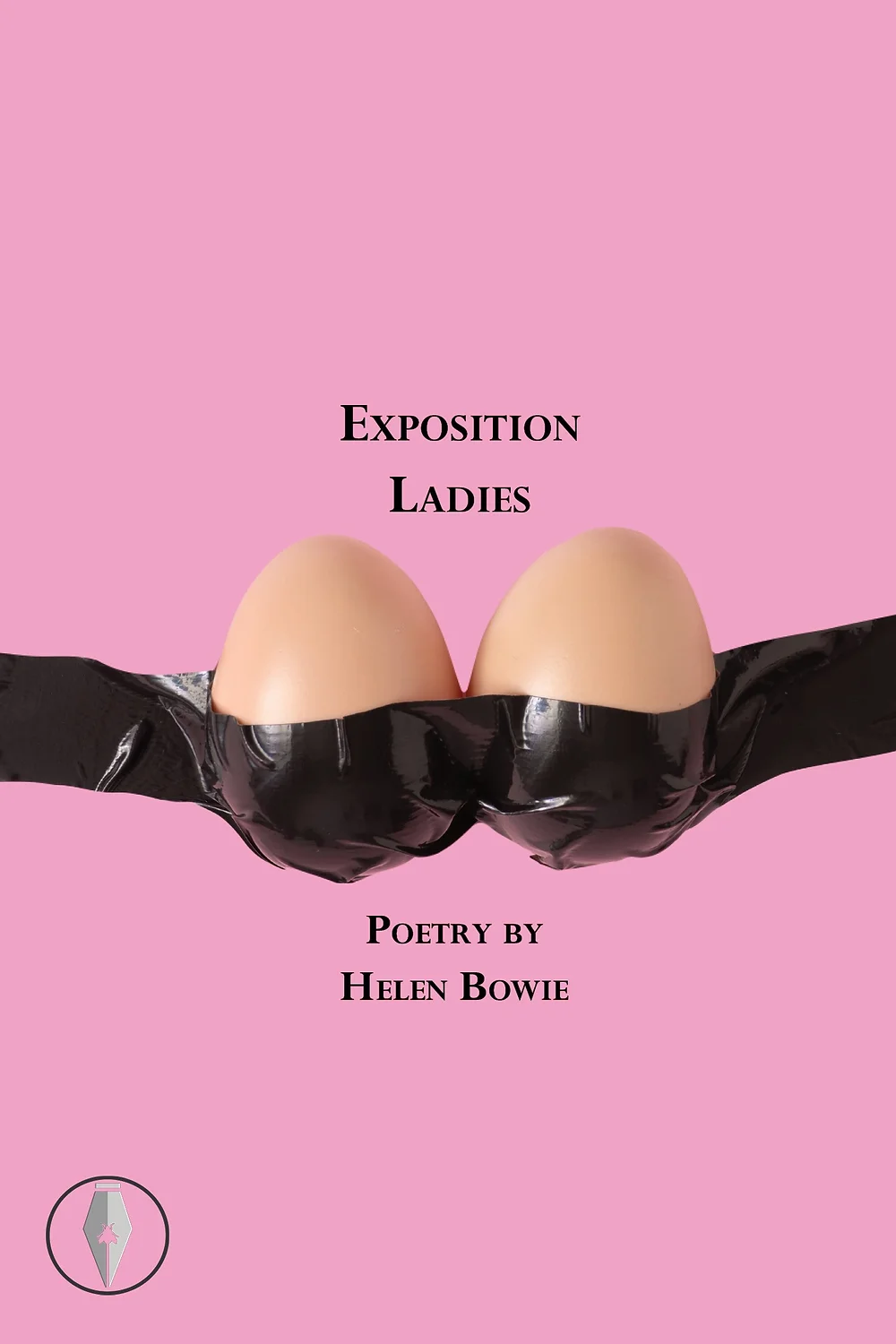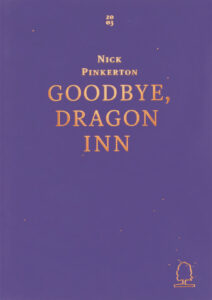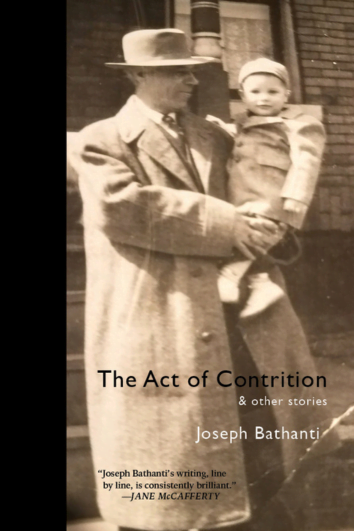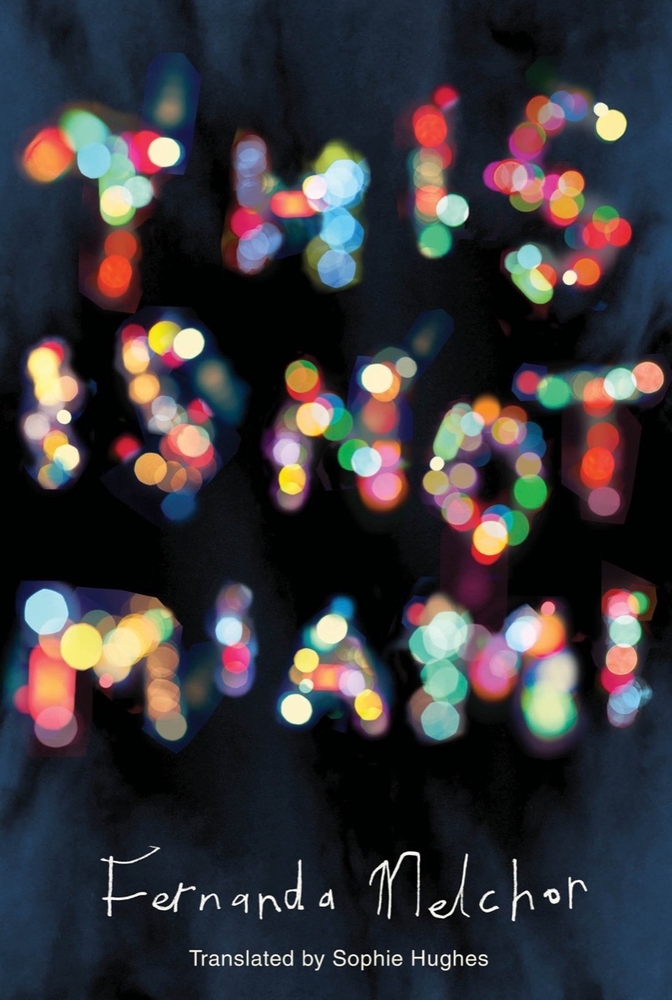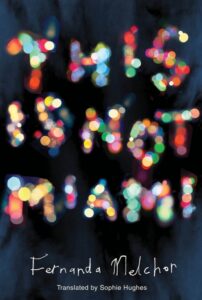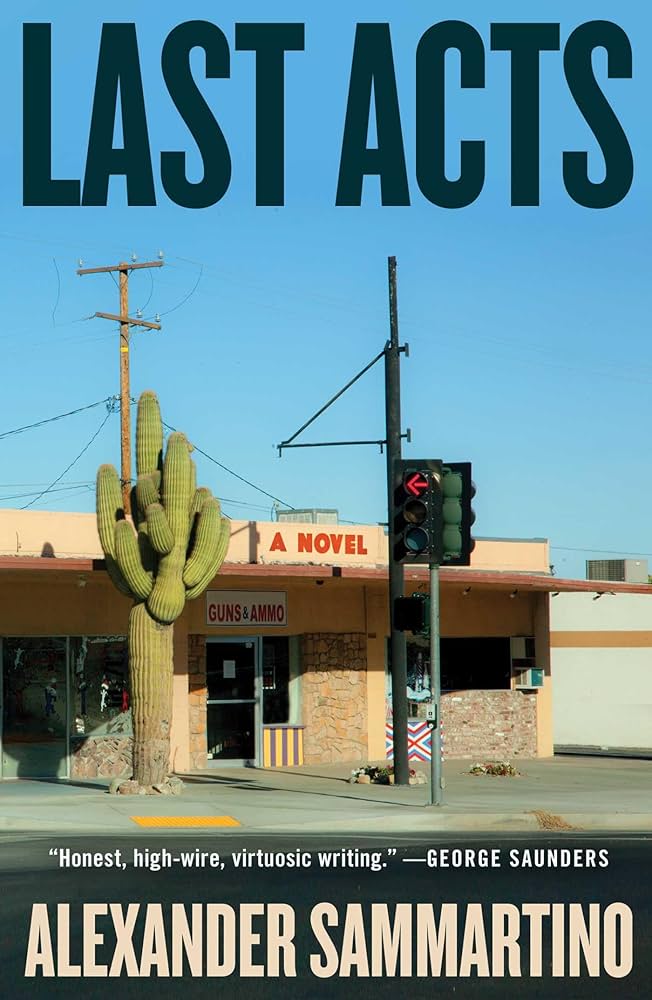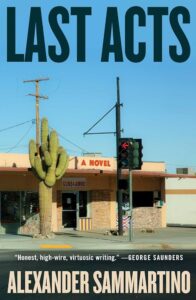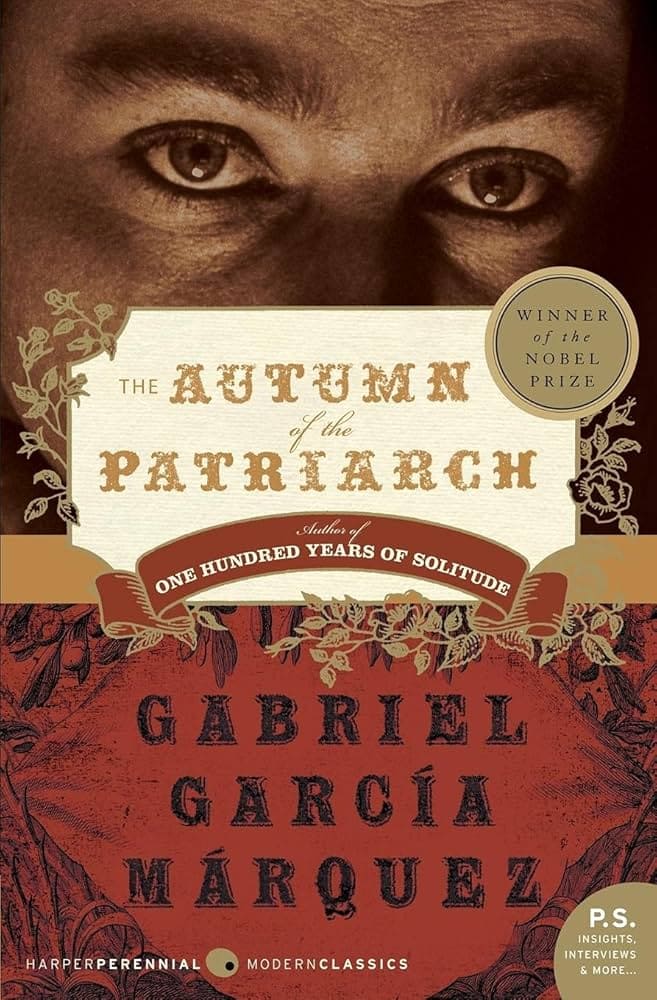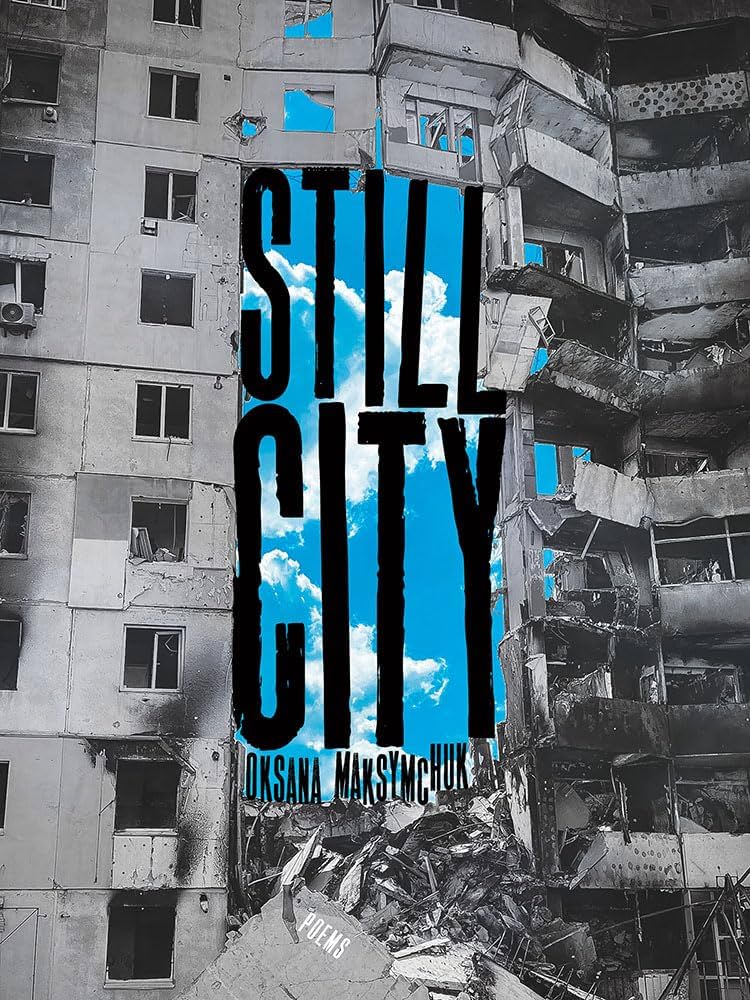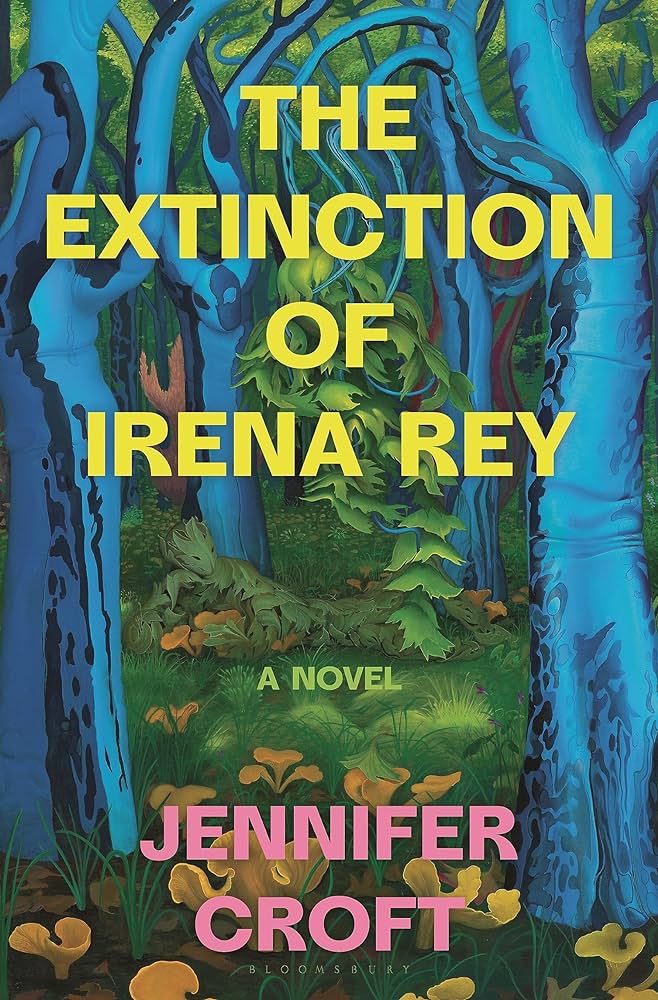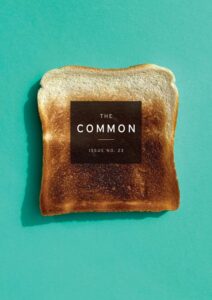Curated by SAM SPRATFORD
With the holidays coming up, many of us turn to books for company on cold nights, or a respite from the stress of the season. If you’re craving an escape into the world of ideas, look no further! This month, our contributors DOUGLAS KOZIOL, CARSON WOLFE, and ANGIE MACRI deliver an eclectic mix of nonfiction and poetry recommendations sure to satisfy and inspire the curious reader.
Nick Pinkerton’s Goodbye, Dragon Inn; recommended by Issue 28 contributor Douglas Koziol
Tsai Ming-liang’s 2003 film Goodbye, Dragon Inn is, in one sense, an elegy to a type of moviegoing no longer possible. Set in a single-screen Taipei theater on its final night, as it plays the 1967 wuxia (a Chinese martial arts subgenre) classic, Dragon Inn, to a handful of people, it would be easy to read the film as overly sentimental or nostalgic. But Nick Pinkerton resists this temptation in his book on the film, which treats the concerns of Goodbye, Dragon Inn with a wonderfully discursive and prismatic critical eye.
